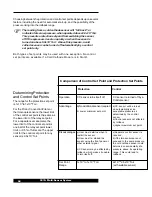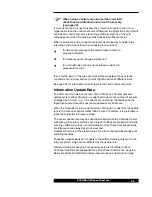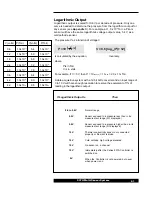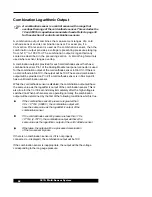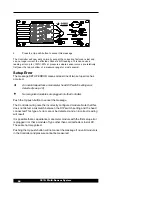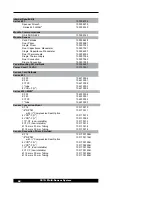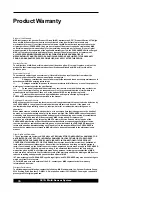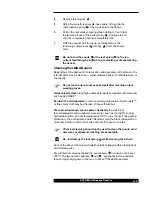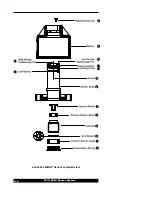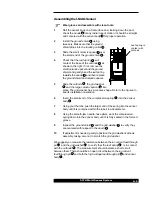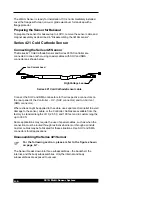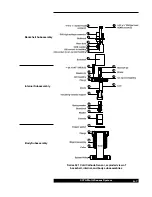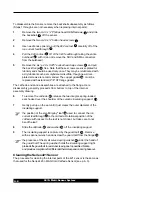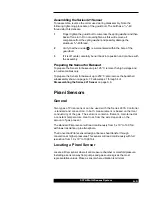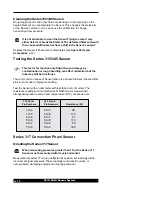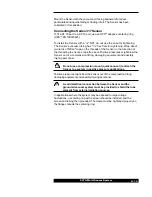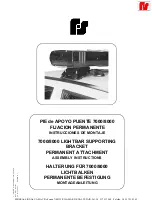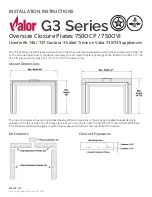
937A Multi-Sensor System
A.1
Appendix A: Installing
a Series 937A Sensor
The Series 937A Controller must be switched off
before connecting or disconnecting a cable from the
sensor or Controller.
Cold Cathode Sensors
General
In a cold cathode sensor, gas molecules are ionized by a high voltage
discharge of electrons. Sensitivity is enhanced by a magnetic field. Cold
cathode sensors are rugged sensors without filaments to break or burn out.
The MKS inverted magnetron design includes an isolated collector, making
low pressure measurement less susceptible to contamination and allowing a
wider range of pressure measurement. The MKS IgniTorr™, an optional cold
cathode starting device initiates the ionization process in cold cathode
sensors, assuring UHV pressure readings in seconds (see Spare Parts and
Accessories, p. 71).
Locating a Cold Cathode Sensor
Locate a cold cathode sensor where it can measure process chamber or
manifold pressure. Install it away from pumps, gas sources, and strong
magnetic fields to give the most representative values.
Locate and orient a cold cathode sensor where contamination is least likely. If
it is installed directly above a diffusion pump, for example, oil vapor could
contaminate the cathode, anode, or other vacuum exposed components,
causing the calibration to shift.
Orienting a Cold Cathode Sensor
A cold cathode sensor can be installed with the body set in any direction.
Operating position does not affect accuracy.
Installing it with the vacuum port facing down is preferable as this helps
prevent contaminants from falling into the sensor.

